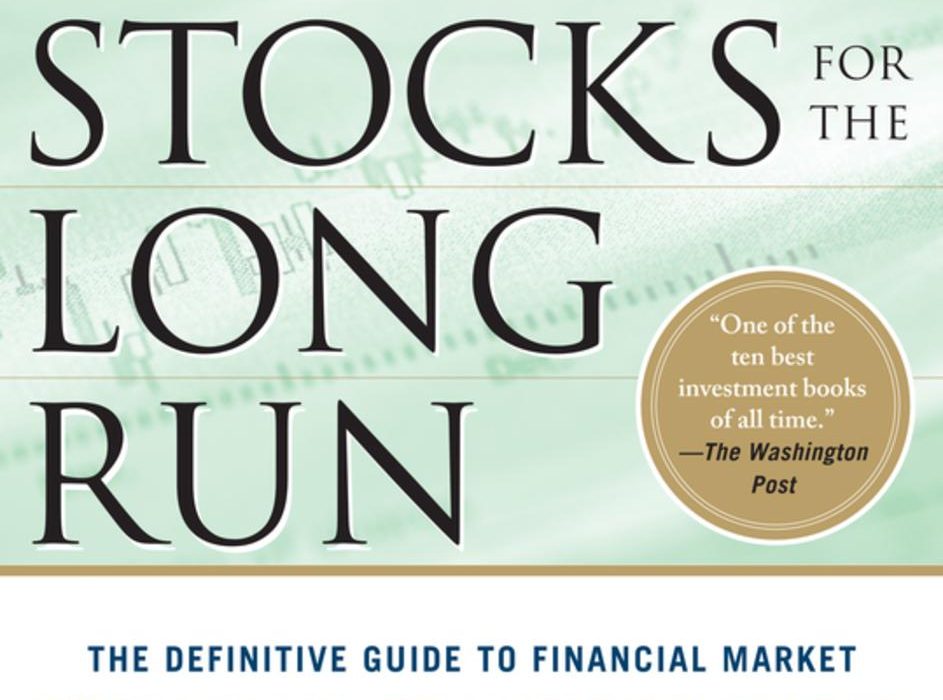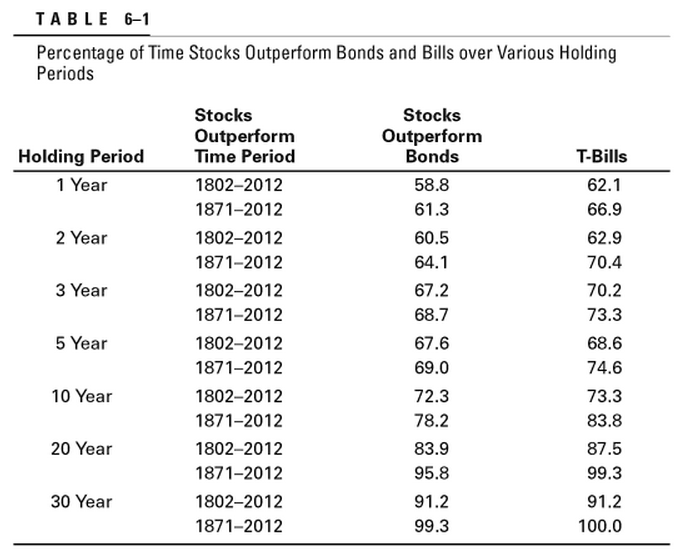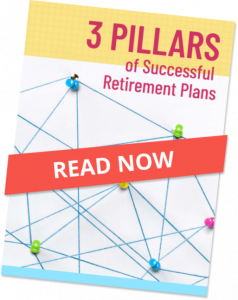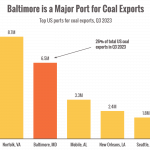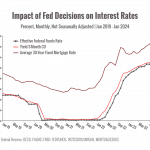Top 10 Mistakes Made with Beneficiary Designations
 #1 — Not Naming a Beneficiary
#1 — Not Naming a Beneficiary
By not naming a beneficiary you have most likely guaranteed that the asset will go through probate upon your death.
#2 — Not Designating Contingent Beneficiaries
If your primary beneficiary predeceases or dies at the same time as you, you’re subject to the same consequences as #1
#3 — Failing to Keep Beneficiary Designations Up-to-Date
If you get divorced, it’s essential you immediately review and update all beneficiary designations.
#4 — Naming Minors as Direct Beneficiaries
Trusts are often established to delay the time a survivor receives an asset until they are old enough to make good money decisions. However, if you designate a minor child as an account’s beneficiary and there’s also a testamentary trust, the designation trumps the trust and the child will receive the assets immediately.
#5 — Naming Special Needs Individuals as Direct Beneficiaries
Naming a “special needs” individual as the direct beneficiary could unintentionally disqualify that individual from receiving his or her valuable governmental benefits.
#6 — Naming Financially Irresponsible Beneficiaries
Often it’s better to create a lifetime “spendthrift trust” to hold the inheritance for the benefit of the individual for his or her lifetime while protecting the assets from creditors.
#7 — Naming Direct Beneficiaries on All Assets Other than Real Estate
Very often real estate will need to go through probate even if there’s a will in place. This process can take a year or longer during which the estate is responsible for paying for maintenance, taxes, etc. It’s generally advisable to allow your cash accounts and/or life insurance proceeds to go through probate so the estate will have sufficient funds to support the real estate during probate.
#8 — Naming Multiple Beneficiaries on a Transfer on Death Deed
Avoid doing because all beneficiaries must agree on the realtor, sale price, and maintenance costs until the property is sold. Getting that type of agreement is very difficult.
#9 — Naming a Child as Co-Owner of a Deposit or Investment Account
Aging parents will sometimes add a trusted adult child as the co-owner of his or her bank account. Avoid this because it can create complicated issues around gifting, creditor issues, and final expenses.
#10 — Naming One Child as the Sole Beneficiary of a Life Insurance Policy or Deposit Account
A parent with multiple adult children should avoid doing this because it can create a situation very similar to #9.
Source: AAII



